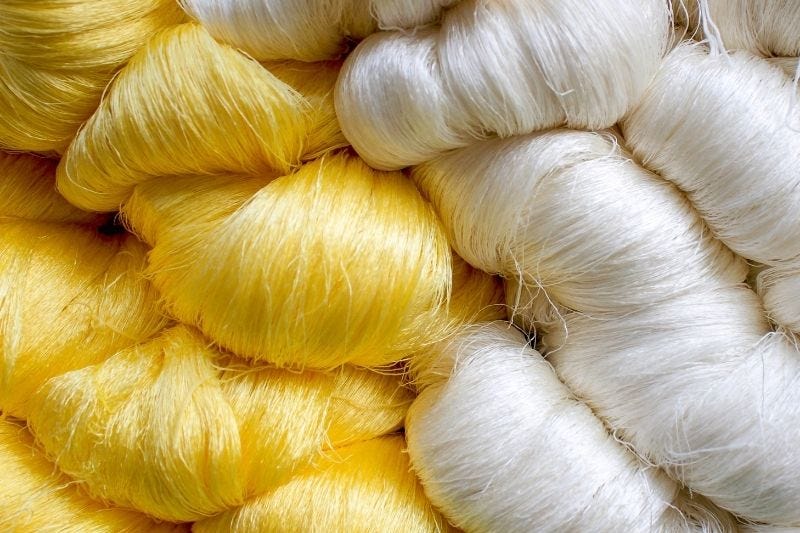From cotton, India now eyes a transition to the global man-made fibre (MMF) market

As businesses started to rebound post-second COVID-19 wave in June 2021, India’s textile industry indicated a surprising shift with demand for Polyester T-shirts rising amongst fishermen in Pondicherry. This trend was mainly driven by a rise in cotton prices and the quick-dry facilities, UV protection and anti-microbial properties offered by polyester T-shirts. Yet, despite the benefits of man-made fibers like polyester, around 60 per cent India’s population continues to prefer cotton garments.
Globally, however, consumers are moving away from cotton garments, with consumption declining from 68 per cent in 1960 to 20 per cent in 2023. Consumption of MMF garments meanwhile has risen to 74 per cent. In India however, MMF-based textiles comprised just 14 per cent of its textile exports in 2023-24, as the country continued to lag behind China, Taiwan, and Vietnam.
Reasons for the delay in transition to MMF
India’s delayed transition to MMF is due to several factors. Most important is the need for a shift in mindset. Production of MMF and technical textiles demands a focus on innovation and specialization, emphasizes Gopinath Bala, Former NASA Researcher. He transitioned from cotton spinning to developing technical textiles, a process requiring years of research and higher investment. This complexity makes it difficult for existing cotton players to diversify into MMF.
A significant barrier to MMF production in India is the quality of raw materials. Despite being the second-largest producer of polyester, Indian manufacturers often lag behind in producing the high-quality polyester filament yarn needed for global competitiveness. Companies like Techno Sportswear, resort to importing yarn from China, as they feel domestic materials is inferior. Yet, government restrictions on raw material imports, requiring Bureau of Indian Standards (BIS) certification, limit access to foreign suppliers. This protectionist policy contrasts with the unrestricted entry of cheap Chinese fabrics, resulting in a disadvantage to local producers.
Infrastructural issues facing MMF industry
Beyond raw material issues, India’s MMF industry also faces infrastructure challenges, particularly in dyeing. Dyeing MMF is more complex and environmentally sensitive compared to cotton as the process requires specialized equipment and knowledge, often lacked by domestic manufacturers. For example, Menaka Mills, needed significant efforts to optimize water usage in MMF dyeing, underscoring the challenges Indian firms face in matching global standards.
Government support and future prospects
The Indian government has launched several initiatives to boost MMF production and exports from the country. These include the Production Linked Incentive (PLI) and PM-MITRA schemes that aim to develop advanced infrastructure and support the shift towards MMF. These schemes involve setting up of common effluent treatment plants to address environmental concerns in the dyeing process.
However, these measures alone won’t suffice, say experts. To boost MMF exports, the government needs to ease import restrictions on high-quality raw materials to foster competitiveness and innovation.
Moreover, the state needs to adopt a comprehensive strategy to secure stable place in the global MMF market. This includes improving domestic raw material quality, building advanced processing infrastructure, and shifting from a traditional cotton-focused mindset to a knowledge-driven approach. With a level playing field, India has the potential to excel in MMF, transitioning from a cotton powerhouse to a significant player in the evolving global textile industry.
